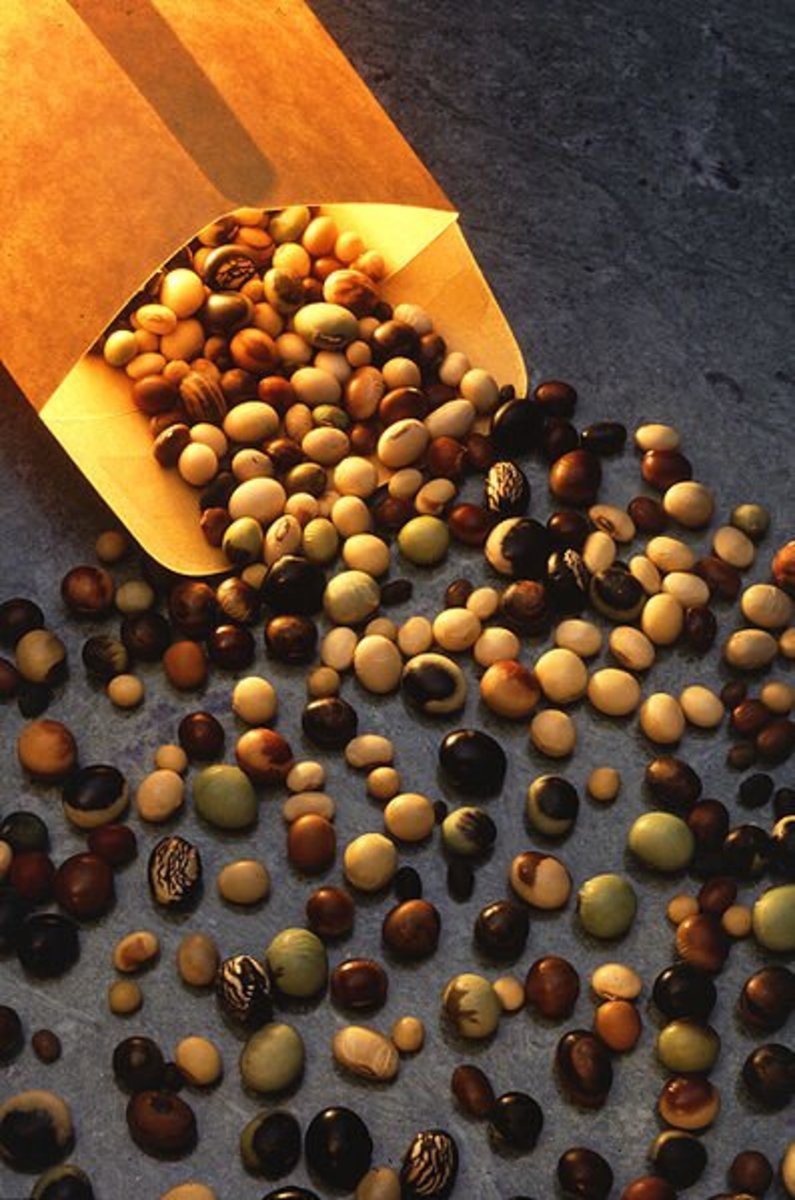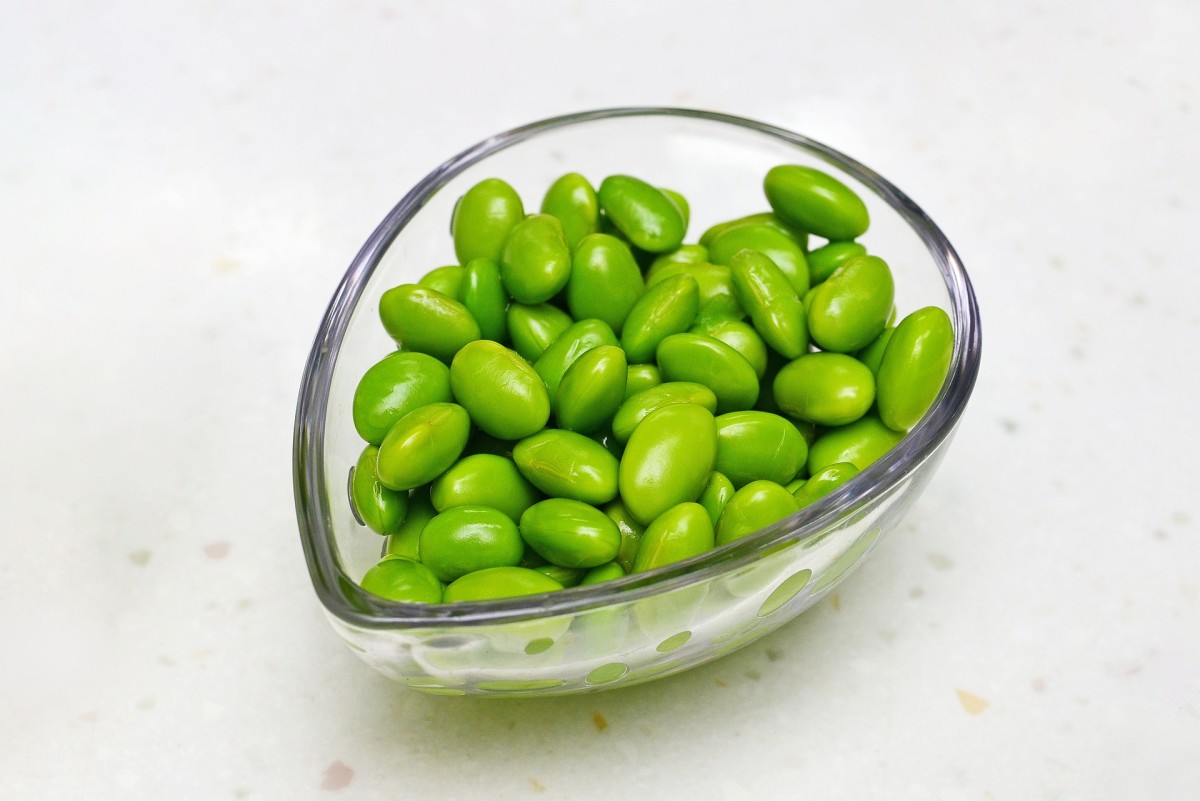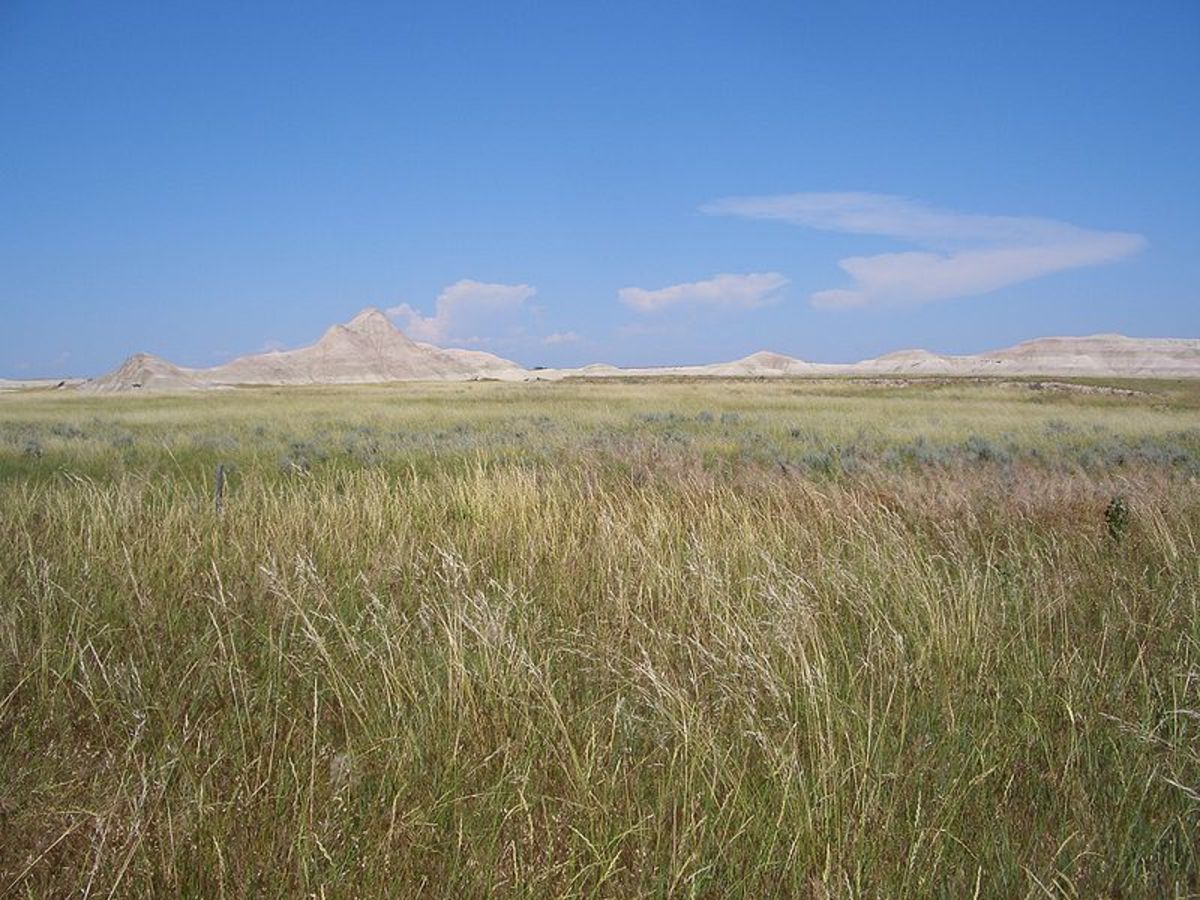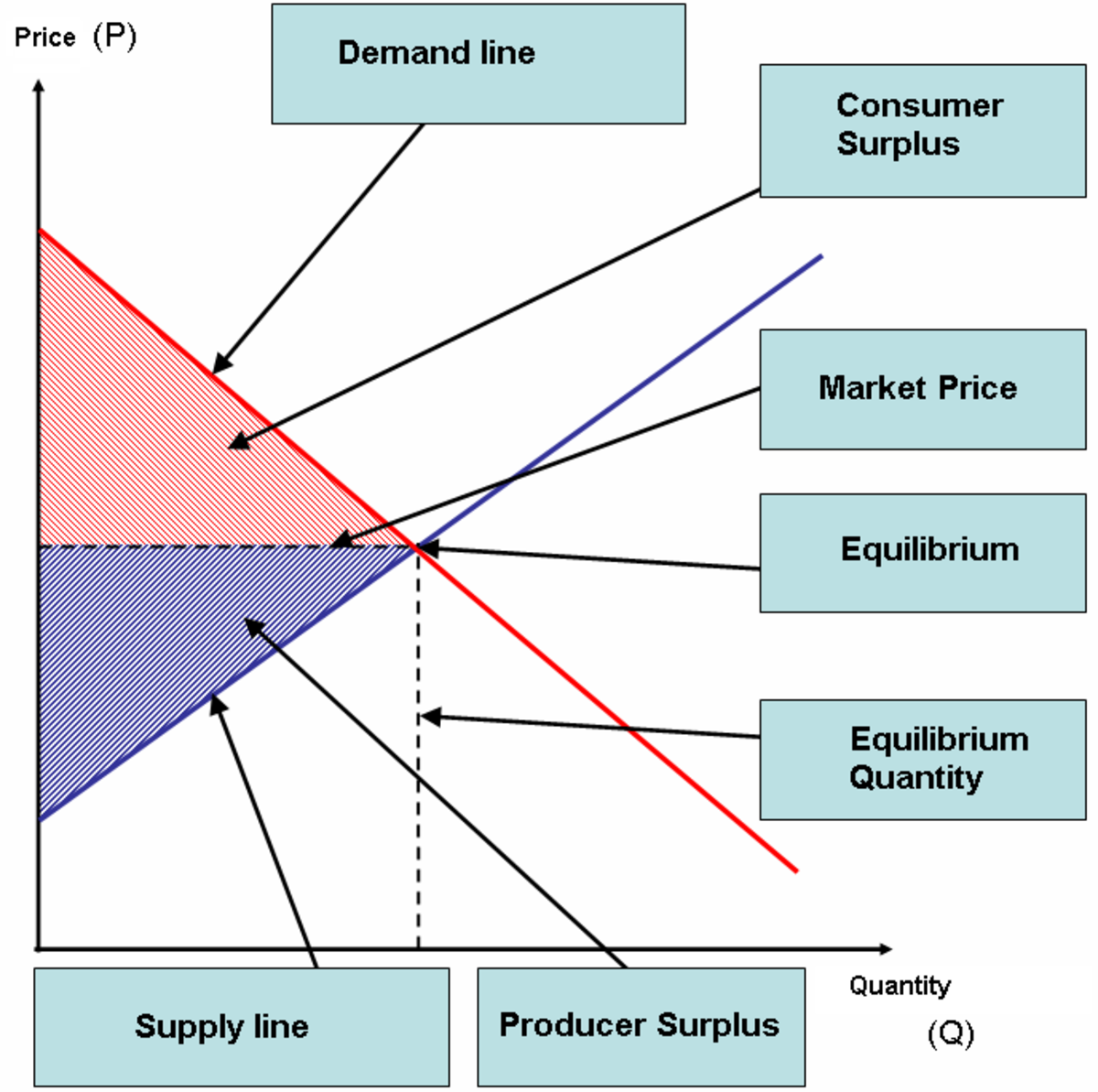Wheat Production on the Wane in the USA
The Great Plains continue to produce the majority of US wheat, but at a declining rate
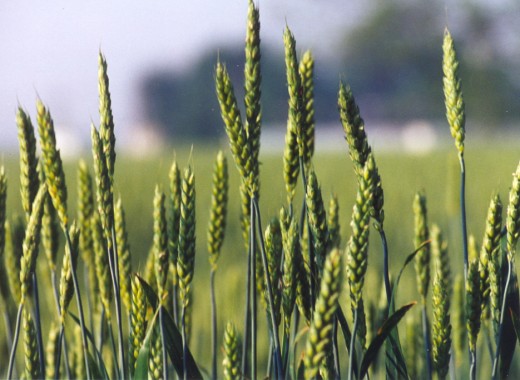
Great Plains farmers are planting fewer acres to wheat
Three consecutive seasons of reduced wheat planting seems likely to continue for a fourth season. Soybean acreage expansion may be the biggest cause. Great Plains wheat growers, particularly toward the north, are planting more and more soybeans these days. In fact, North Dakota is now ranked number four in total soybean acres among the states. And where soybeans are concentrated, corn acres tend to also show up.
Wheat ripens for harvest by early summer
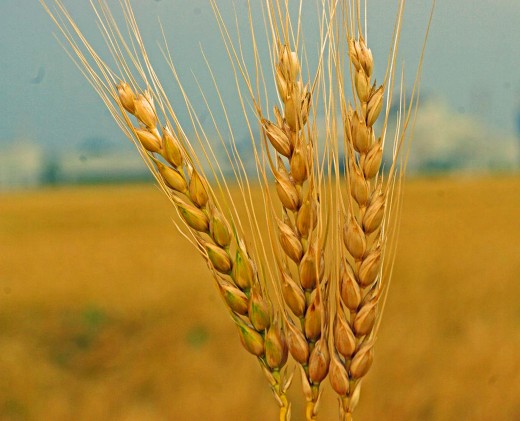
Seventeen years ago there were ten million acres of wheat sown in North Dakota and only 2 million acres of soybeans, according to USDA's National Agricultural Statistics Service. This year North Dakota growers seeded less than 7 millions acres of wheat, but planted more than seven million acres of soybeans. See the switch? Parallel trends have also developed in Kansas, Oklahoma and the other Great Plains states where wheat has been the dominant crop for generations.
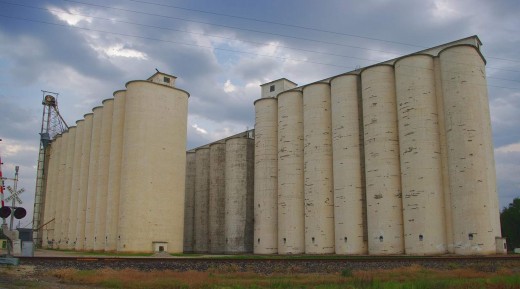
I don’t see any good reason for wheat acreage in the USA to reverse the recent declining trend and begin to recover. It occurs to me that the nitrogen-fixing characteristic of soybeans leads to higher wheat yields in following seasons. That re-enforces this trend in North Dakota and other Great Plains states toward equal acres of the two crops each year. That would mean every wheat field had soybeans in it the year before and vice versa. A 50-50 rotation of both crops probably maximizes profit from farmland.
So, soybean acres have expanded generally at the expense of wheat. But that's not just in the Great Plains. Trends in lesser wheat states such as Missouri are the same. Additionally, if yield advantages haven’t been enough, the prices of wheat and soybeans have shifted the past six years, favoring soybean revenue over wheat (based on Chicago futures).
And thus, we have the fewest wheat acres planted within the USA in more than forty years. Soybean acres planted have set new records in recent years, taking acres away from wheat production.
© 2017 Quinton James

